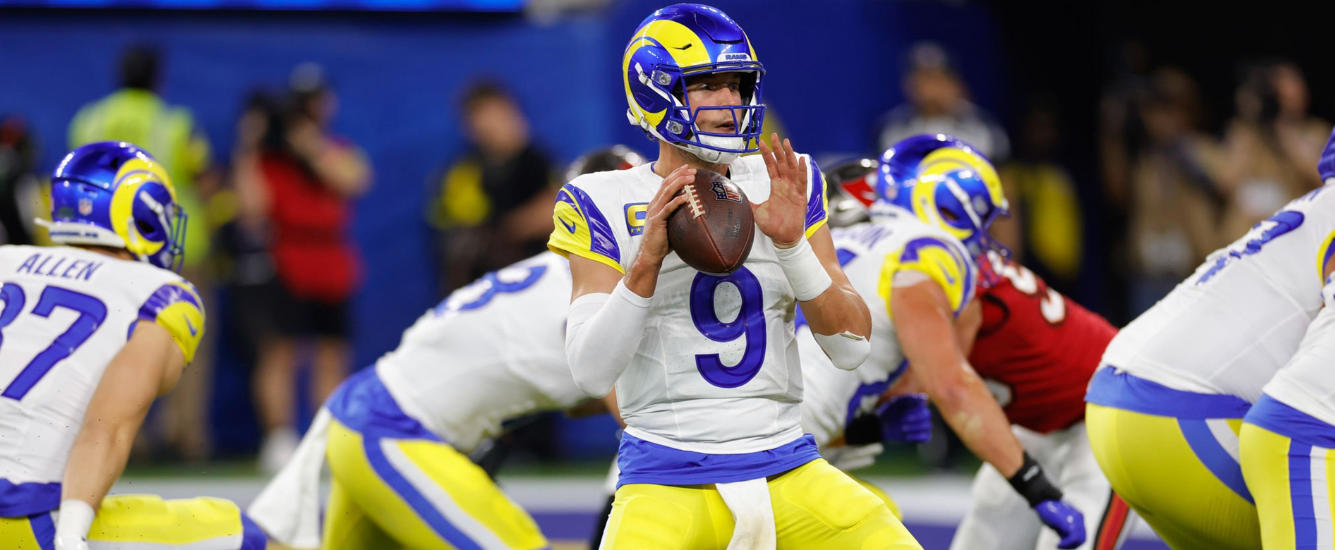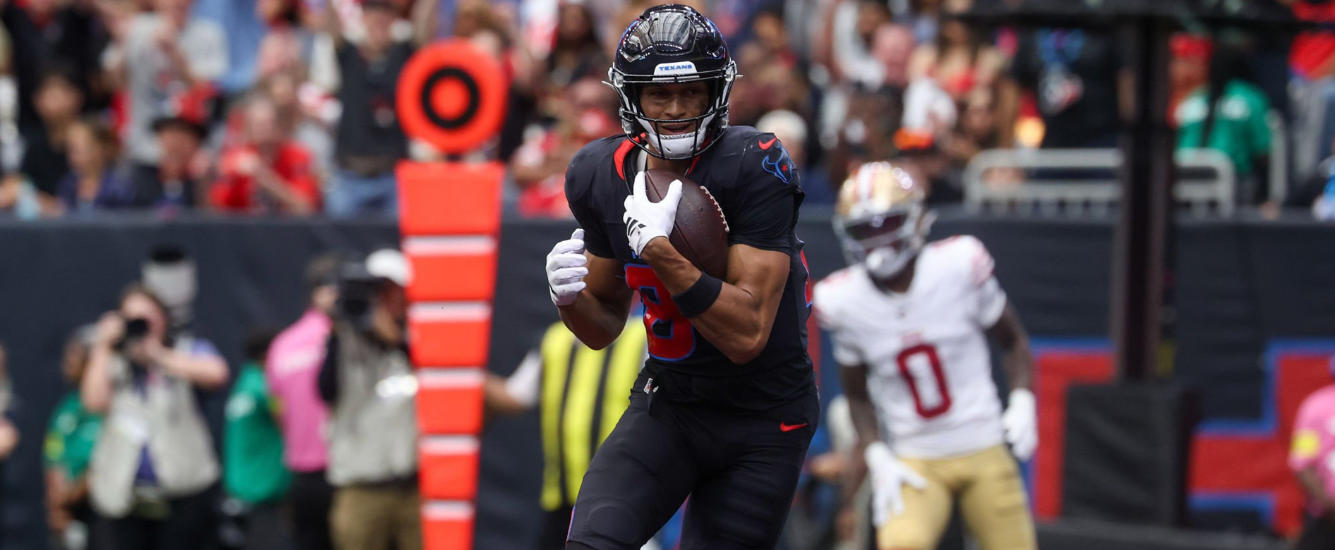In 2021, DeVonta Smith, then a rookie, was going off the board in Round 8 of FFPC Best Ball drafts. At the time it might have seemed early, but it was about 30 picks later than fellow rookie Ja’Marr Chase. In any case, Smith ended up finishing his rookie year with nearly 180 PPR points, including about 13 points over expectation — a solid finish for any rookie. Yet in 2022, he was still being drafted in the eighth round.
In Year 2 he added over 65 points to his fantasy total, nearly 25 of which were over expectation. He ran 71 more routes, earned 32 additional targets, and gained 280 additional receiving yards (despite seeing his air yards decrease). He had the third-highest win rate of any wide receiver in 2022.

The Importance of Year 2
The Year 2 WR breakout has been a key element of our draft plans for years. But as we all know, a lot can change quickly in the NFL. New team dynamics and coaching philosophies might have changed the way we need to approach the WR position. A new influx of talented rookies or a weak draft class can have dramatic effects on the way first-year players fare compared to their veteran counterparts, and that can have ripple effects for many seasons.
To investigate whether Year 2 is still worth chasing, I pulled data for the past eight seasons — from 2016 to 2023 — and filtered out players whose full careers were not contained in the data set (i.e., players who entered the league before 2016). What we’re looking for when we talk about breakouts are players who score 200 PPR points for the first time in their careers. Not every 200-point season is a breakout season — only the first one. Therefore, players who break out in Year 1 are not eligible to break out in Year 2. We can measure breakout rate as the number of players who break out divided by the number of players eligible to break out. Since 2016, Year 2 players have continued to be the best bet for breakout seasons.

Year 2 players break out at nearly a 15% rate. Year 1 is at just over 12% and Year 3 is around 10%. No other year has even a 5% breakout rate.




















